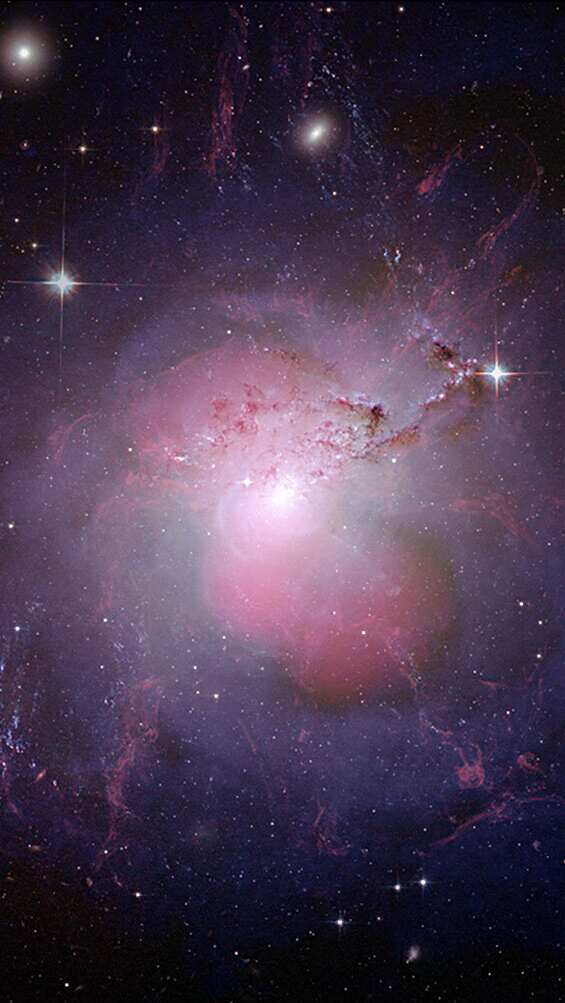
Dec 26, 2024, 08:12 PM IST
10 captivating black hole images by NASA
This image shows the dust torus around a supermassive black hole. In "type 1 sources," the black hole is visible from above or below the torus, while in "type 2 sources," the view is blocked by the dust.
Black Hole
Hubble’s image of Markarian 231, the nearest quasar, reveals two supermassive black holes orbiting each other, suggesting many quasars may host binary-black-hole systems due to galaxy mergers.
Markarian 231
NGC 5972 shows a twisted structure of ionized gas, likely caused by a disturbance, possibly a galaxy merger.
NGC 5972
Markarian 817, a spiral galaxy with a huge black hole shooting material at 14 million km/h, has bright blue star rings, active star-forming areas, and dark dust bands in its spiral arms.
Markarian 817
A dusty spiral galaxy appears to be rotating on edge, like a pinwheel, as it slides through the larger, bright galaxy NGC 1275, in this NASA/ESA Hubble Space Telescope image.
Caldwell 24
Researchers using Hubble have spotted a supermassive black hole blowing bubbles of hot gas in the galaxy SDSS J1354+1327, 900 million light-years away. One bubble is expanding, while an older one fades.
SDSS J1354+1327
HE0435-1223, a lensed quasar, is surrounded by four images created by a foreground galaxy, making it one of the five best lensed quasars discovered.
HE0435-1223
Hubble's image of NGC 5793, a spiral galaxy 150 million light-years away, highlights its striking dust lane and exceptionally bright center, much brighter than our galaxy's.
NGC 5793
Hubble's image of M87 shows a black-hole-powered jet of particles streaming at nearly light speed. The galaxy's massive black hole has swallowed matter equal to 2 billion times the Sun's mass.